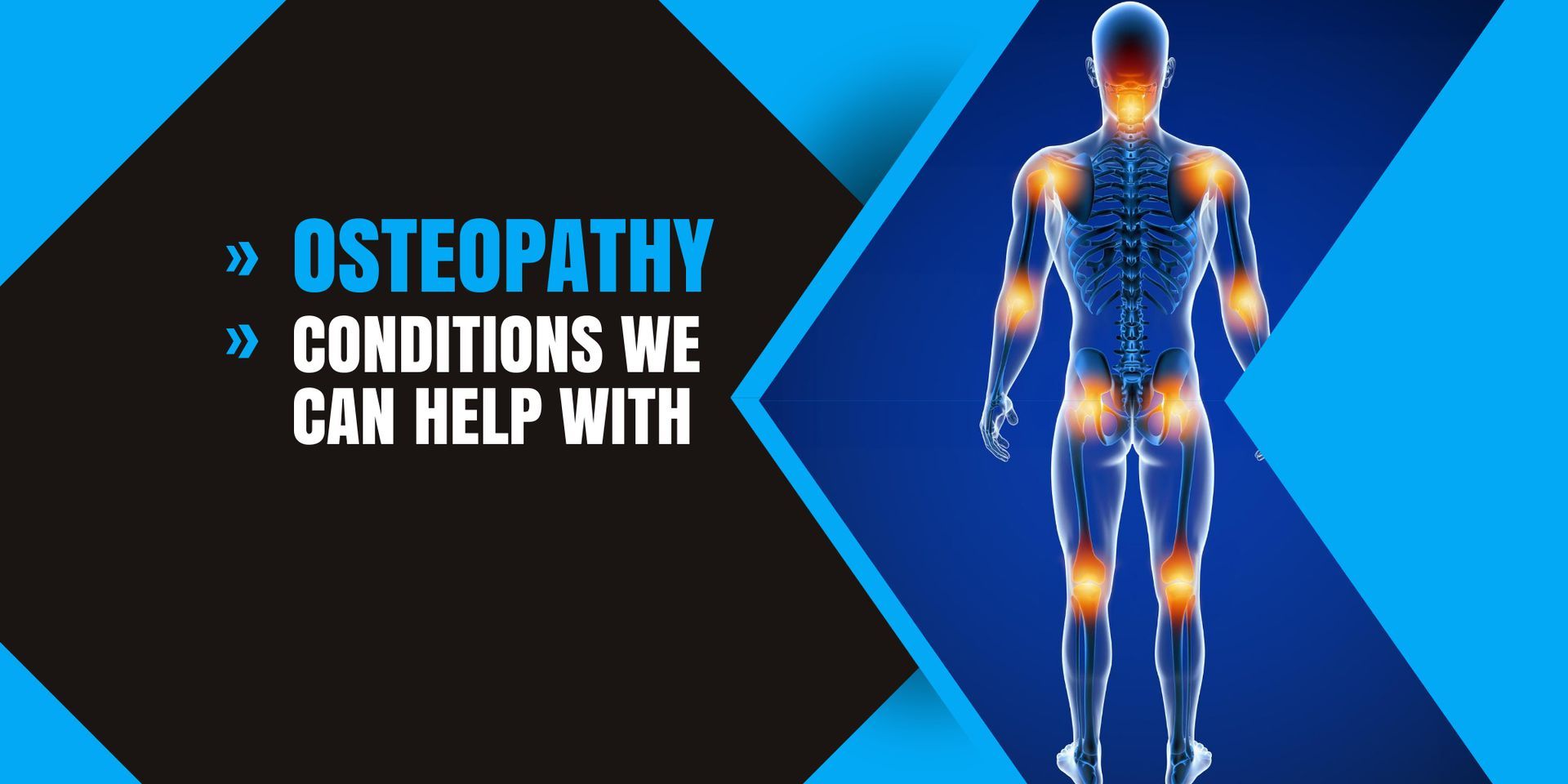Why is stretching important during exercise
Osteopaths regularly tackle sports injuries and muscle-related strains

What are the benefits of stretching?
Stretching has a number of benefits for active people who enjoy sport. It reduces muscle tension and helps the body to feel more relaxed, which is particularly beneficial post exercise.
It also increases flexibility, circulation and the range of motion the body is able to cope with which helps during any excessive physical activity. Stretching at best is a preventive measure to reduce muscle strains and enable muscles to better resist stress.
However, stretching should not be undertaken if you have acquired a recent bone fracture, sprain or strain or if the range of motion in your body is someway limited. You should also avoid stretching – and sport – is any joints are inflamed or infected and if pain is experiencing by any muscle group during the process of stretching.
While stretching is not going to result in dramatic weight loss – that ’ s what aerobic activity is for – it will enable your core muscle groups to work more harmoniously with one another. It complements the physical activity you perform and gives you better overall body awareness.
Stretching tips
- Whichever sport you’re about to undertake, complete five to 10 minutes of walking or light jogging to warm-up prior to embarking on either stretching or your main activity.
- Never stretch your muscles when they are cold. If feel you don’t have time to warm-up, shorten your sports activity by a few minutes to give you adequate time to warm-up and stretch. Warming up is more important and helps you to avoid long-term injury.
- Stretch all the major muscle groups which are affected by the type of activity you are undertaking. So for running and jogging, focus on leg-related stretching, which incorporates the quadriceps and hamstrings.
- Never bounce while you stretch or make sudden movements. This can create small tears that can increase during the course of exercise.
- Avoid balancing and stretching at the same time. There is no therapeutic benefit for standing on one leg unaided during the course of a stretch so hold on to a chair or wall for support to provide additional stability.
It is worth investigating the best type of stretches for your unique sport. If in doubt, consult a coach or an expert to ensure you can enjoy your activity injury-free for many years to come.







